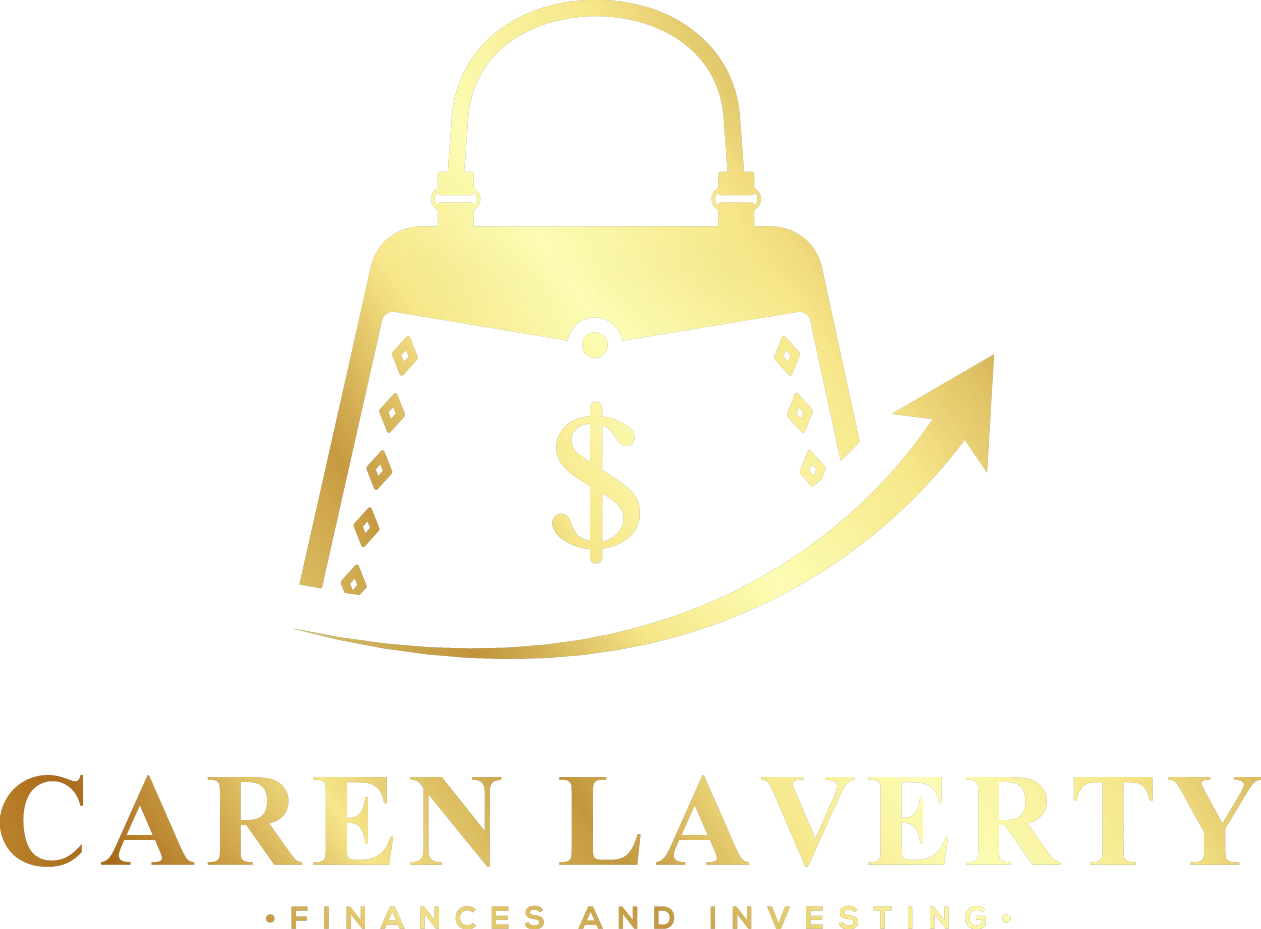How to Read a Stock Quote
Before we get started picking stocks, let’s make sure you understand the components of a stock. Sorry if this seems elementary, but I want to make sure you understand the basics first. Of course, buying stock means you’re buying a piece of ownership in a publicly traded company. Wouldn’t it be great to tell your friends that you own part of the Moet Hennessy Louis Vuitton company?! Champagne and handbags, what more do you need?! I’d be equally happy if I could pronounce it correctly! Every publicly traded company has a trading symbol. For instance, Moet Hennessy Louis Vuitton’s trading symbol is LVMUY. Google is GOOG, Ford is F, Proctor & Gamble is PG, etc. When you place your stock trade, you’ll use the company’s trading symbol.
Stocks trade all day so their price goes up and down all the time. Regular market hours are 9:30 – 4:00 pm EST and what-ever the stock is trading at during those hours is called the Market price. When you look at a stock quote during the day, you’ll see the Market price as well as a Bid and Ask price. If you’re buying a stock, you’ll get the Ask price (this is a market order – we’ll talk about order types later). If you’re selling your stock, you’ll receive the Bid price. Don’t let the terms confuse you. Just remember, you’re buying someone else’s shares and that’s what they’re Ask(ing) for it. You really only need to remember one side of the equation. If you remember that you’re buying at the Ask price then obviously, you would be selling at the Bid price.
You’ll also notice “volume” on a stock quote. That’s just how many shares are trading that day. For most major companies, it’s huge. For instance, Google trades well over a million shares a day. The only time I really worried about volume is if I was trading a “thinly traded” stock. Let’s say your stock only trades a couple thousand shares during the day and you bought several hundred. Your order would be a big percent-age of that day’s trading volume and could really affect the price of that stock. If you’re just getting started, you probably don’t need to worry about this.
You’ll also see the dividend yield on a stock quote. Since I’ve mentioned them so many times, let’s talk about dividends. What is a dividend?! A dividend is like the interest a stock pays you that has nothing to do with its price. Typically, after a company sees how much their quarterly earnings are, they decide if they’re going to pay their shareholders a dividend and if so, how much. Dividends are a very important part of investing. Let’s say you’re retired and you want to be more conservative with your money, but you still want to make some type of income. Some people buy low volatility stocks, like utilities (gas & electric companies), that pay a good dividend. That way they don’t need to worry too much about the money they invest and they get some good income as well. For many mature companies that are done with explosive growth, this is a good way to attract investors. It’s also not a bad strategy when the stock market is high and you’re worried about stocks being overpriced; many people look for good dividend paying stocks. There are a couple of terms you need to know when it comes to dividends that are important:
Record Date: This just means that all shareholders on record as of this date will receive the dividend. That means you own the stock on that date. It’s important because some people buy or sell in between the record and pay date, so they’re not sure if they get the dividend.
Ex Date: This is the first day the stock trades without the buy-er getting the dividend. If you buy on the Ex Date, don’t expect to get that quarterly dividend.
Pay Date: This is self-explanatory but this is the day you receive the dividend. It can be up to a month after the Record Date.
Here’s an example of what a stock quote looks like:
Now that you know the basics (don’t be surprised if you have to look back over some terms occasionally), let’s look at some fundamental things to know when picking a stock.
To find out more, read my new book “The Little Black Dress of Finance”!

